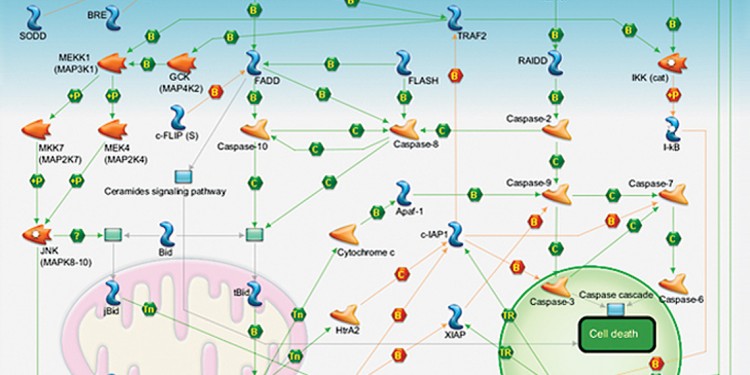
Ligand Immobilization in Protein Interaction Studies — An Unattended Amine Coupling Protocol with Automatic Coinjection Activation

Analyzing Binding Kinetics with Surface Plasmon Resonance Complemented with Direct Mass Spectrometry on the Same Sensor Chip

PrimePCR™ Pathway Analysis: Pathway Curation and Real-Time PCR Panel Design Strategy

TGX Stain-Free™ Precast Gels Facilitate LDL Research on Potential New Drug Targets

PrimePCR™ Assays: Meeting the MIQE Guidelines by Full Wet-Lab Validation

High Sensitivity of Bio-Plex® Multiplex System is Key in Study for Novel Melanoma Therapeutics

Droplet Digital PCR Opens New Perspectives in HIV Research

Novel V3 Western Workflow™ Revolutionizes Protein Research

Multiplex Analysis of Inflammatory Markers Using Bio-Plex Pro™ Human Th17 Cytokine Assays


